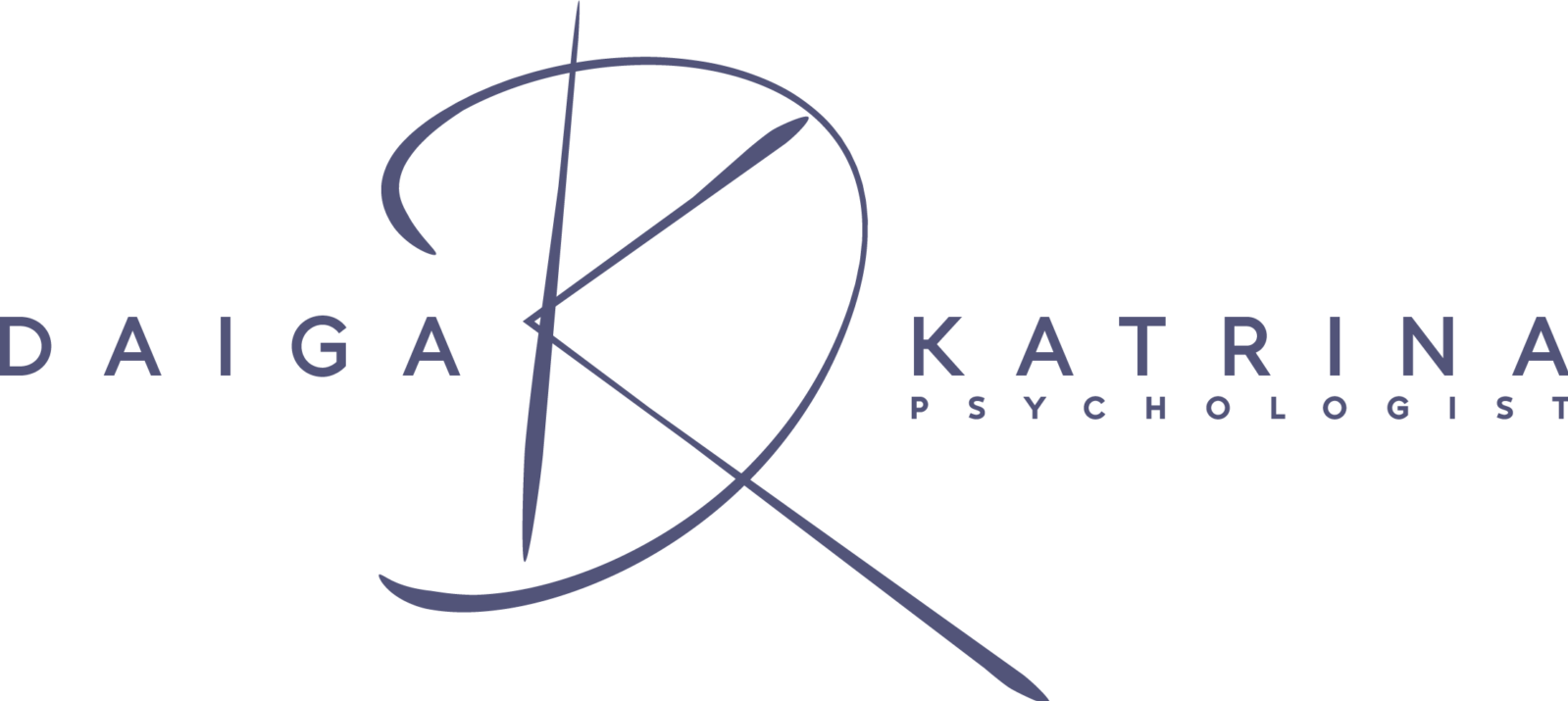For a deeper sense of self, meaningful relationships and a psychologically healthy and soulful spirituality.
-
Visit Our Place
91-6 Čaka Street, Riga
-
Tr. - Ce. 9:00 - 18:00
- Request a visit
Looking at the world from a wider angle, it has often seemed to me that everything here works in a spiral. I see it everywhere - in people's perceptions, world views and personal growth, in the processes of societal development, in business, in natural processes, in the laws of mathematics (Fibonacci numbers), in the laws of art (the golden ratio), even in the structure of DNA there is a spiral. Thus, the theory in which I have found for myself an enormous amount of logic, explanations and justifications for the connections I see in the world every day is Spiral Dynamics. It explains the processes of individual and societal development and describes the framework and the way in which people understand the world around them.
The spiral as a pattern, as a form, is dynamic, open, always ongoing, and reflects both visually and functionally the evolution of consciousness (Butters, 2015).
In the context of Spiral Dynamics, human development has (at least) eight stages or levels (also called memes in theory). How a person perceives the world and reacts to events depends on the level of development at which he or she is at in life and on the development of a social group (e.g. a nation or an organisation).
A little history
The theory dates back to 1952, when the American psychologist Clair Greaves, drawing on insights from developmental psychology, began to formulate his Theory of Levels of Human Existence. In 1974, he came up with the final version of the theory, which argued that human development is an eight-level system consisting of six 'survival levels' and two 'levels of being' (Butters, 2015). An archive of Greaves' work is available at here.
Greaves' work was continued by Don Edward Beck and Christopher Cowan, who refined the theory, worked with it in practice, and described it in their book Spiral Dynamics: Mastering Values, Leadership and Change (1996) and gave the theory its name. In the third phase of its development, Ken Wilber chose Spiral Dynamics as one of his base theories, creating his own, Integral Comprehensive Theory (2000). It should be noted here, however, that eventually Beck and Wilber parted ways - due to their disagreement, they continued to develop Greivis's work in their own directions. Kauan is also critical of Wilber's interpretations of Spiral Dynamics (Butters, 2015).
Whatever the theory's authors and developers think today, one thing is clear: Spiral Dynamics is not just a theory. It has also proven itself in practice, working in a variety of contexts - with religious and political issues, in business environments and elsewhere. One example often cited is the fact that former South African President Nelson Mandela regularly consulted Beck between 1981 and 1988 and took the insights of Spiral Dynamics theory into account in order to restore peace to the country (Butters, 2015).
Level 1. Archaic instincts. Domashana is based on survival drive, instincts, and prioritises the satisfaction of primary needs (food, water, warmth, sex and safety). Motivation: to do whatever it takes to survive.
Level 2. Magical Animism. The thinking is animistic, or oriented towards belief in magic, mystical signs, admiration of higher beings, deities, reliance on the tribal elder. Motivation: to satisfy the spirits and to ensure the safety of the tribe.
Level 3. Gods of Power. Thinking is focused on the manifestation and preservation of power and greatness. The events of the world are a struggle between good and evil, a jungle full of dangers and predators. Living in the here and now, enjoying life without regret and self-reproach. Motivation: be who you are and do what you want. Without reckoning.
Level 4. Mythic order. Thinking is governed by certain laws and procedures, set by a higher power to be obeyed. The principles of "right" and "wrong" prevail. Right living brings rewards, impulsiveness is controlled by guilt. Motivation: life has meaning, direction and purpose, its outcome is predetermined.
Level 5. Scientific achievements. It is materialistic, focused on personal gain, using the laws of the world and natural resources for its own benefit. Risk-taking, focus on success. Motivation: to act in one's own self-interest, playing a game to win.
Level 6. The sensitive individual. Thinking is aimed at liberating the human spirit from greed and dogma. Feelings begin to prevail over cold rationalism. Renewal of spirituality, enrichment of potential, search for harmony. Importance of ecology and equal distribution of resources, equality. Motivation: to seek peace within oneself, to know oneself and to care for society together with others.
Level 7. Integrative. Thinking becomes inclusive and understanding of all previous levels. An understanding of life as a natural hierarchy, a kaleidoscope of systems and forms emerges. Flexibility, spontaneity and functionality are given the highest priority. Knowledge and competence are more important than power, status and group preferences. Motivation: to live fully and responsibly in relation to who you are and learn to become.
Level 8. Holistic. Thinking understands, embraces and uses all the previous levels, is holistic. The world is seen as a single, living organism with a collective consciousness. Motivation: to experience the fullness of existence through the interaction of mind and spirit (Roemischer, 2002, Wilber, 2000).
To sum up, depending on which level of development prevails in a person (or society), reactions, opinions, interpretations of events arise. For example, different groups of people react differently to the same problem of environmental pollution: some continue to waste natural resources, focusing on personal gain (fifth level), others adopt an ecological way of life and seek interest groups that support their way of life (sixth level), while others enthusiastically point out that God's judgement will soon come upon mankind (fourth level).
Leveling crosswise and non-linearly
The theory is beautiful and the levels, in my opinion, are even explained very clearly. However, as much as we like and would like to think that we live in a linear world, I think that is quite far from the truth, and the levels are not fixed in time, space or otherwise. They are flowing waves that overlap and intertwine and cross each other to a large extent, and of course all this is happening within one person and within a whole society at the same time. So, for example, if one wishes to "apply" this theory to one's own development of thinking, this nuance must be taken into account. Each wave can be activated or deactivated in a certain life situation, for example, in an emergency the third level can be activated, when looking for a new job - the fifth level, in relationships - the sixth level. And yet, all levels are potentially available to each person (Wilber, 2000).
More importantly, and what I am most attracted to in this theory, is the "gap" that exists in thinking between the first six and the last two levels, the so-called "leap to the second stage of consciousness".
A leap forward in thinking
The first tier (tiers 1 to 6 inclusive) cannot themselves assess the existence of other tiers. At each of these levels, the individual, the group, the society, feels that only his worldview is the most correct and the most far-sighted. If this is challenged, it is reacted to with negativity and a counter-attack is organised (Wilber, 2000).
When the leap to the second stage of consciousness takes place (I would say that this leap is the same spiritual awakening,) thinking changes - the existence of all previous stages makes sense. Second stage thinking appreciates the existence of all previous stages - their function and necessity is understood. It integrates all previous patterns of thinking and thinks in terms of a general spiral of existence rather than just one particular level (Wilber, 2000).
So?
Without this "second level thinking", the authors of the theory write, humanity is doomed to fall victim to a global "autoimmune" disease, where groups at different levels of development come into conflict with each other. These 'inter-level' debates are rarely resolved and all parties involved usually feel unheard and unappreciated (Wilber, 2000).
I would add that this sentence applies not only to humanity, but also to each individual person who faces his or her own inner conflicts on a daily basis. So, in conclusion, I wish everyone (myself included) to recognise these levels of development in ourselves and in the world around us and to keep moving up the ladder of spiral dynamics!
Sources:
Beck, D.E., Cowan, C.C. (1996). Spiral Dynamics. Mastering Values, Leadership and Cahange. Blackwell Publishing Ltd.
Butters, A. (2015). A Brief History of Spiral Dynamics. Approaching Religion, Volume 5 (2), p. 67-78
Roemischer, J. (2002). Spiral Dynamics. The eight-stage spiral of development. What is a Enlighment?, Volume 22
Wilber, K. (2000). A Theory of Everything, Shambala Publications Inc.
Tags :
SpiritualityInteresting
Search
Topics
Recent publications
- Why workplace spirituality is the key to organisational flourishing

- How to find the meaning of life?

- Common misconceptions about what contributes to a sense of meaning in life

- Why is a clear identity and sense of self a prerequisite for a psychologically healthy spirituality?

- What does it mean to become an adult? - The five levels of consciousness described by Robert Kegan

The content of this website may only be quoted, reproduced, republished and otherwise distributed in accordance with applicable copyright laws. For commercial use of the content, please contact and obtain permission.








